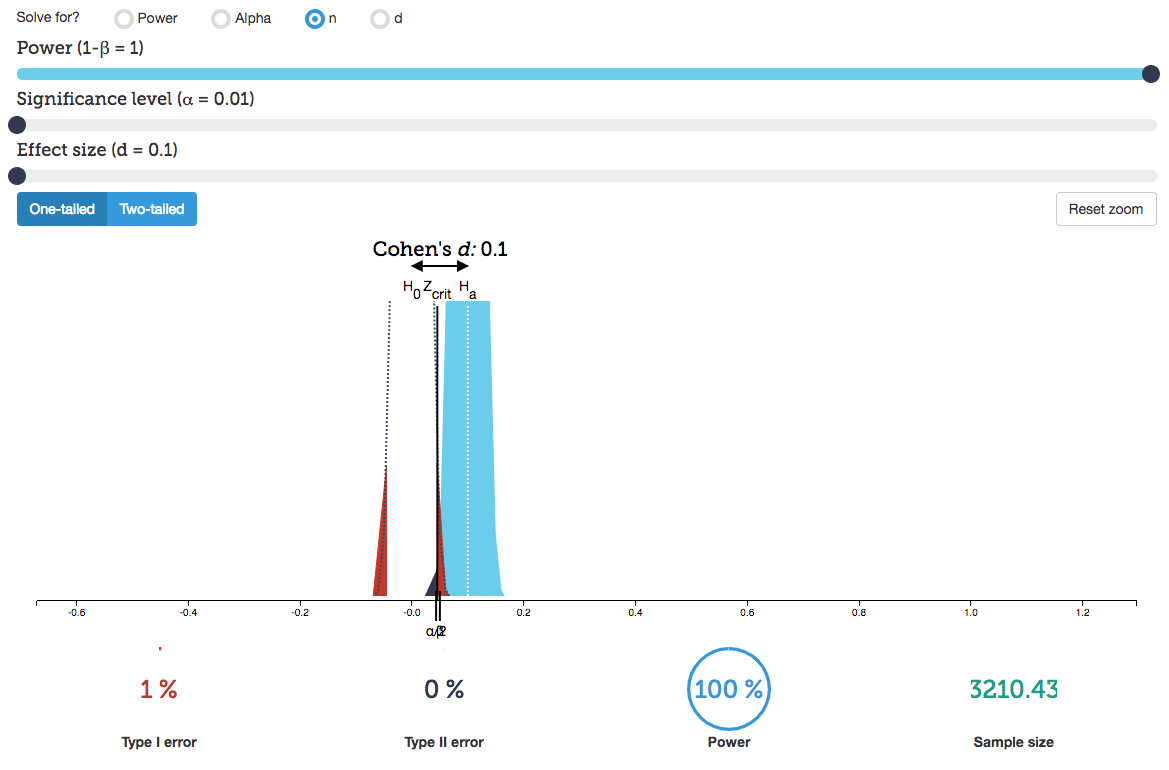English | 2021 | ISBN: 978-3030554613 | 652 Pages | PDF, EPUB | 133 MB
This handbook covers a wide range of topics related to the collection, processing, analysis, and use of geospatial data in their various forms. This handbook provides an overview of how spatial computing technologies for big data can be organized and implemented to solve real-world problems. Diverse subdomains ranging from indoor mapping and navigation over trajectory computing to earth observation from space, are also present in this handbook. It combines fundamental contributions focusing on spatio-textual analysis, uncertain databases, and spatial statistics with application examples such as road network detection or colocation detection using GPUs. In summary, this handbook gives an essential introduction and overview of the rich field of spatial information science and big geospatial data.
It introduces three different perspectives, which together define the field of big geospatial data: a societal, governmental, and governance perspective. It discusses questions of how the acquisition, distribution and exploitation of big geospatial data must be organized both on the scale of companies and countries. A second perspective is a theory-oriented set of contributions on arbitrary spatial data with contributions introducing into the exciting field of spatial statistics or into uncertain databases. A third perspective is taking a very practical perspective to big geospatial data, ranging from chapters that describe how big geospatial data infrastructures can be implemented and how specific applications can be implemented on top of big geospatial data. This would include for example, research in historic map data, road network extraction, damage estimation from remote sensing imagery, or the analysis of spatio-textual collections and social media. This multi-disciplinary approach makes the book unique.
- Create an employee handbook that works for your company!What all great companies have in common is a well-defined set of rules recorded in an easily accessible employee handbook.
- These are the data sets from the Handbook of Small Data Sets, Hand et al, 1994.

This handbook can be used as a reference for undergraduate students, graduate students and researchers focused on big geospatial data. Professionals can use this book, as well as practitioners facing big collections of geospatial data.
 Homepage
HomepageJust a quick thought on the subject of small data.
Small Data Sets
Don't hear much about that in the press these days- everything is BIG BIG BIG.
But small- (and remember, small is still hundreds of thousands or millions of rows) is still critically important. I hope I'm stating the obvious here- but with some of the 'irrational exuberance' around Big data, we need to keep our perspective.
A Handbook Of Small Data Sets
SAP Lumira Data Visualization Handbook 1 Table of Content 3 Introduction 20 Ranking 4 Know Your Purpose 23 Part-to-Whole 5 Know Your Data 25 Distribution 9 Crafting Your Message 29 Correlation.
Your entire customer list that (hopefully) you've worked hard to keep clean and accurate is probably small data- unless you're Facebook and it has around a Billion rows.
Your entire product list is likely smallish data.
Certainly the categories that you want to look at, the geographical groupings and regions, your chart of accounts, pretty much all of your master data is small data.
What is clear is it is not just BIG data that matters- its how we mix our small data to our big data, and how we turn our big data into the small (aggregated, summarized, cleansed, ready for consumption by other than a data scientist) data sets we use day to day.

While the abilities of Big data are fantastic, and the capabilities of todays systems are truely awesome, they do not eliminate the need for good old data quality and master data management.
What they do though is open up whole new architectures and capabilities. So embrace big Data- take advantage of the amazing platforms that are available- but don't get so excited about the big to let your small data program slip. After all, small is still beautiful too.